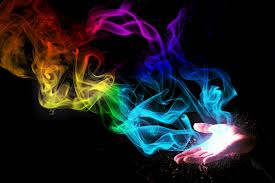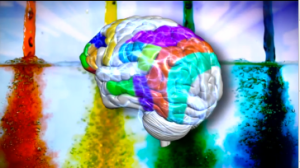
These are excerpts from lecture one of the lecture series “How Colors Affect You: What Science Reveals” by Professor William Lidwell. The lecture is available online through The Great Courses.
Our brain interprets signals being sent from the cones in our eyes, then accesses code in the brain that interprets what is seen based on color and context, and generates the responses that influence our thoughts, emotions, and actions.
A number of experiments have been done to show this, and the following are some of the more interesting.
Taste – The Gelatin Experiment
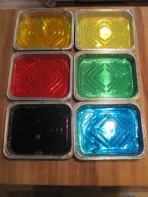 An experiment was done which shows that color affects how our brains interpret taste.
An experiment was done which shows that color affects how our brains interpret taste.
Four identical clear bowls are filled with unflavored gelatin. Food coloring is added to the gelatin in each bowl. The colors are red, yellow, green and blue. Volunteer tasters then tasted the gelatin from each bowl, and described what they tasted.
The red gelatin was generally described as tasting like strawberries, the yellow like lemons, the green like sour apples, and the blue was odd tasting, like perhaps coconut. Blue was the least favorite.
The experimenters then told the tasters that the only difference in the gelatins was the color. The reaction was that the tasters didn’t believe it. They thought the experimenters were trying to fool them. The adults didn’t believe it, the kids didn’t believe it, and the teens didn’t believe it.
The tasters had actually experienced the flavors they described. Their brains reacted just as if the red had tasted like strawberry, the yellow like lemon, the green like sour apple, and the blue yucky.
The lesson from this experiment is that we taste with our eyes long before we taste with our mouths.
Expectation – The Placebo Experiment
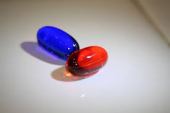 In this experiment, our testers are divided into two groups. Placebos of the same size and shape were administered to each group. Pills colored red were administered to one group, while pills colored blue were administered to the other. Consistently, the red pills woke up the testers who took them, and the blue pills put the testers to sleep.
In this experiment, our testers are divided into two groups. Placebos of the same size and shape were administered to each group. Pills colored red were administered to one group, while pills colored blue were administered to the other. Consistently, the red pills woke up the testers who took them, and the blue pills put the testers to sleep.
The experiment was repeated many times all over the world, and always with the same results with one exception: Italy.
In Italy, the results still held true for the women, but not for the men. This is because the Italian national soccer team is the Azure (the Blues). They wear blue uniforms, and Italian men are crazy about the team. All their lives, the Italian men have been huge fans of the Azure, and this has overridden the normal response to the blue pills that the other groups exhibited.
The lesson from this experiment is that color influences our expectations in the same manner around the world. You or your local culture, however, may intervene and you mind can interpret a specific situation differently.
Mate Selection – The Physical Attractiveness Experiment
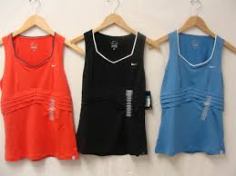
In this experiment, the same three females were presented to males in different colored shirts; red, blue and black. The males rated the attractiveness of the females on a 1-7 point scale.
The women in the blue shirts scored significantly lower than they did in the red or black shirts.
The lesson from this experiment is that if a woman wants to appear attractive, wearing blue clothing is not a good choice. In mate selection, blue can cause the same woman to be less attractive than she would be in either red or black.
Conclusion
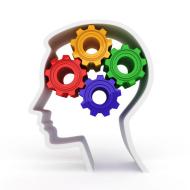 The brain has codes that act in a similar way to apps in a phone. Each acts as a specific program to handle a specific situation and context. Once activated, it puts into motion a set of thoughts, emotions and actions.
The brain has codes that act in a similar way to apps in a phone. Each acts as a specific program to handle a specific situation and context. Once activated, it puts into motion a set of thoughts, emotions and actions.
The brain has a collection of these “apps” for different situations and contexts that it can call upon as needed.




 An experiment was done which shows that color affects how our brains interpret taste.
An experiment was done which shows that color affects how our brains interpret taste.



